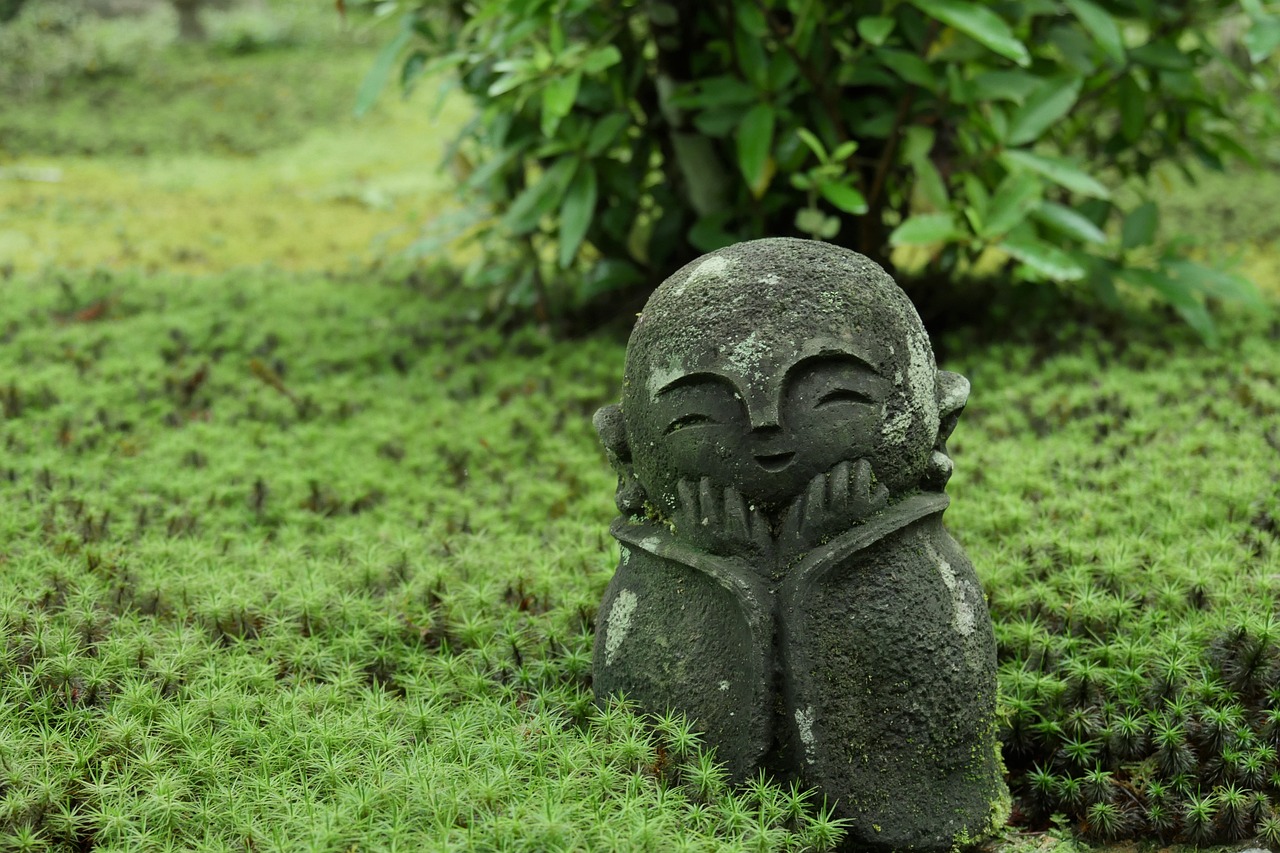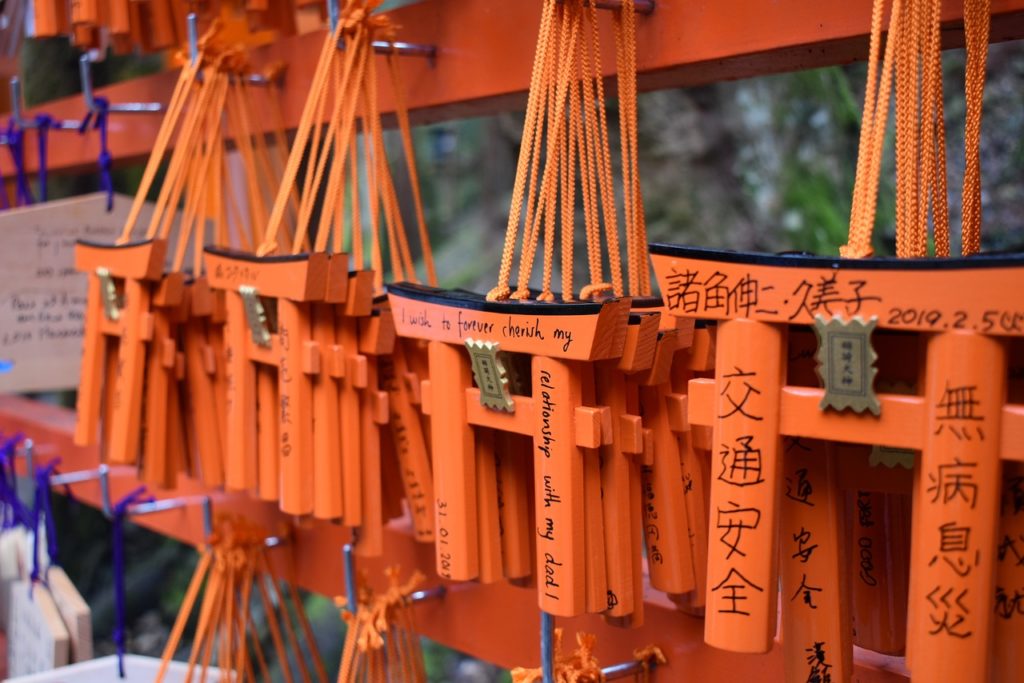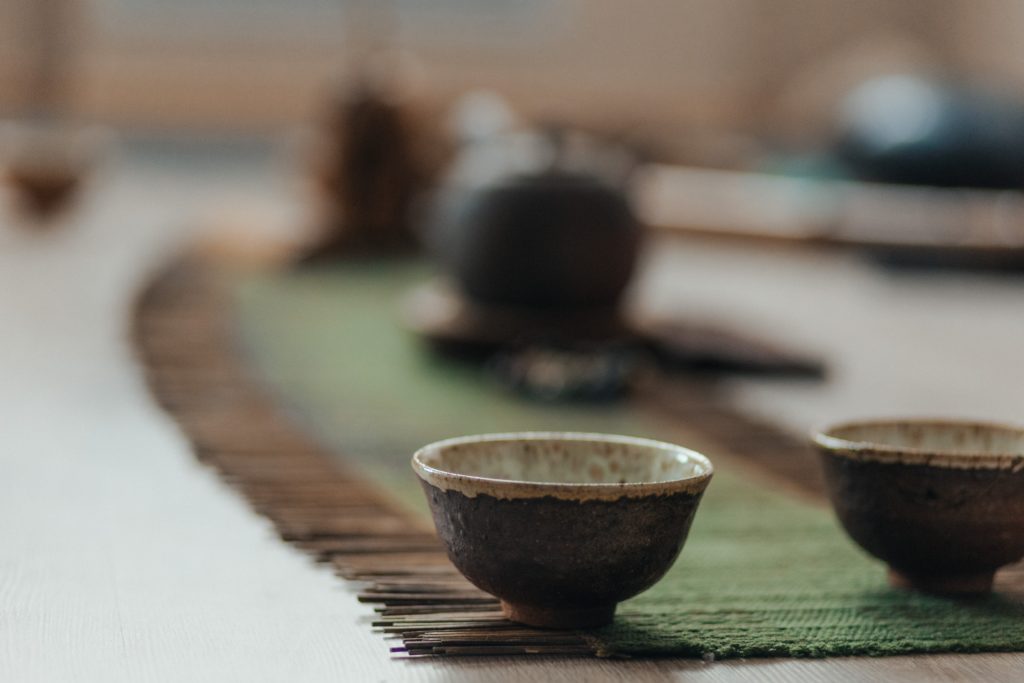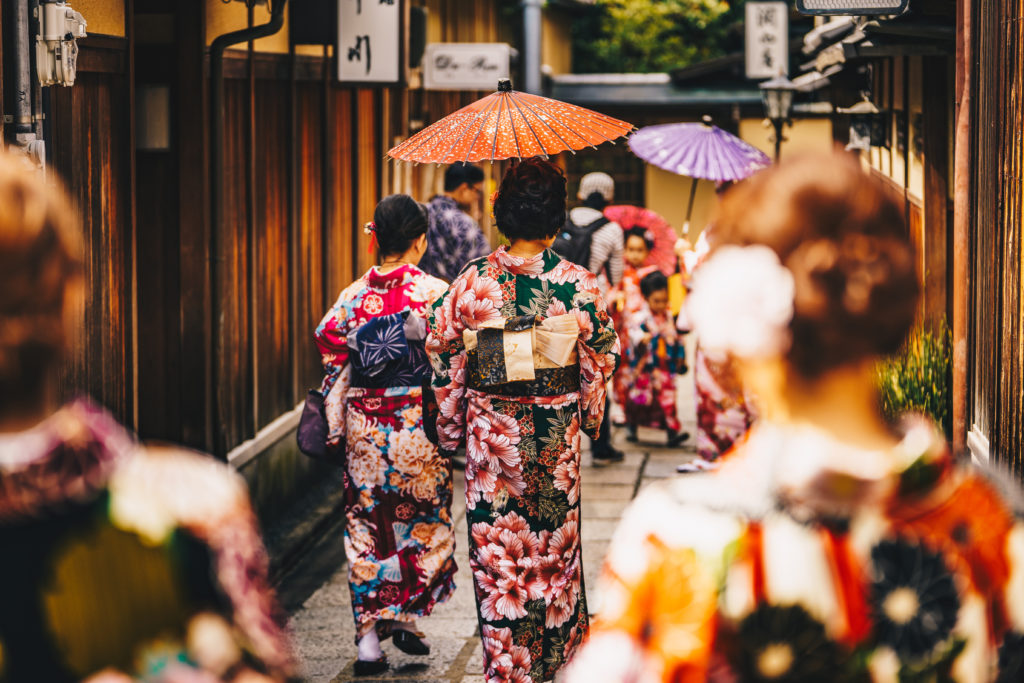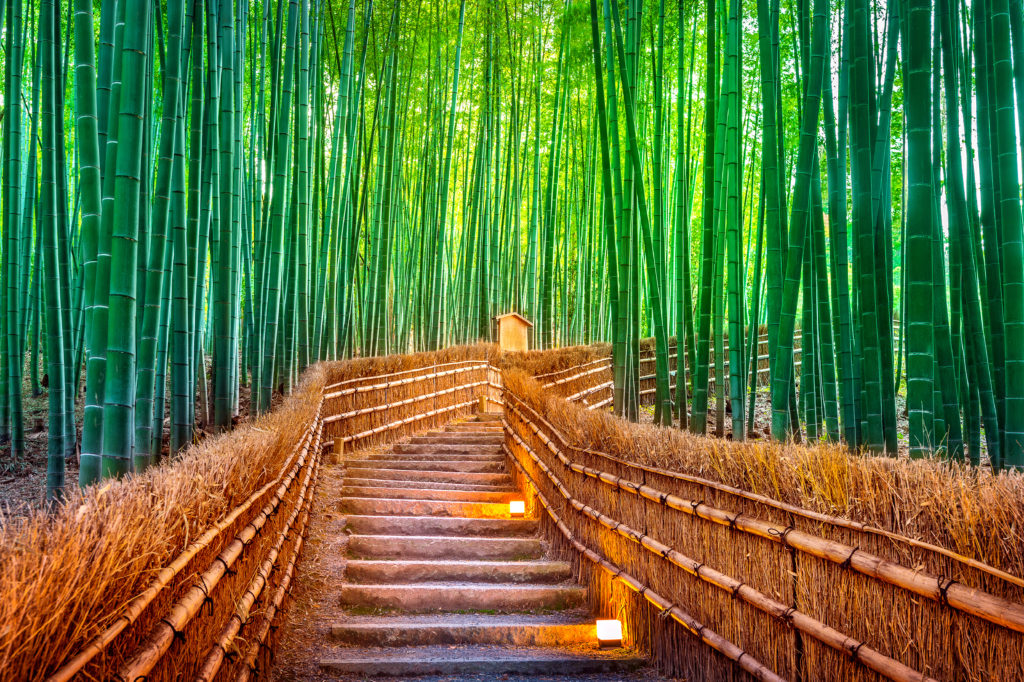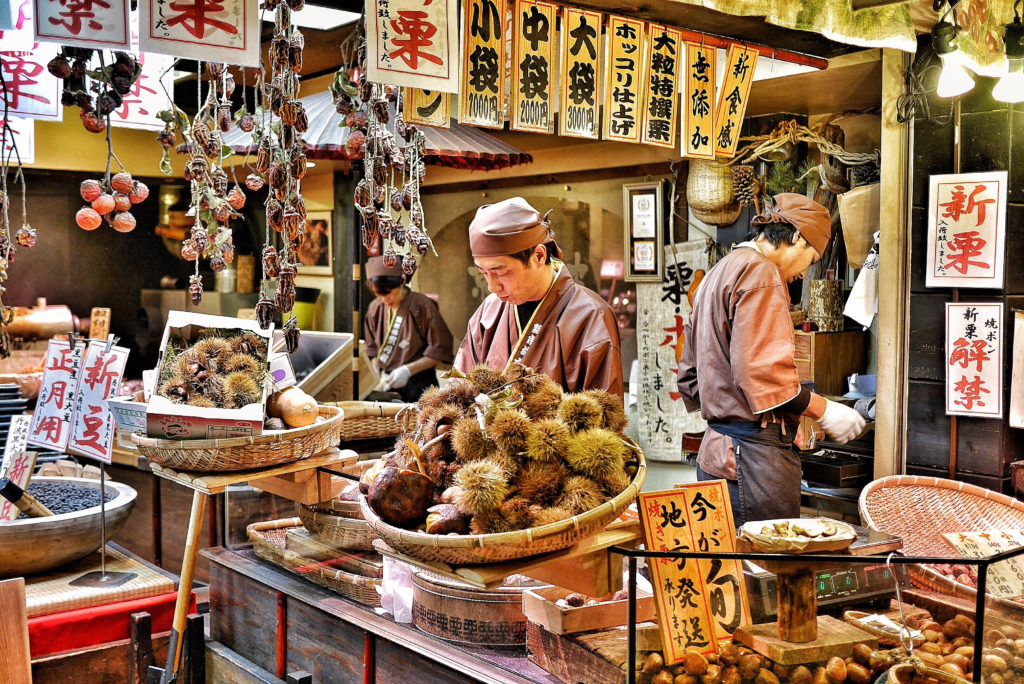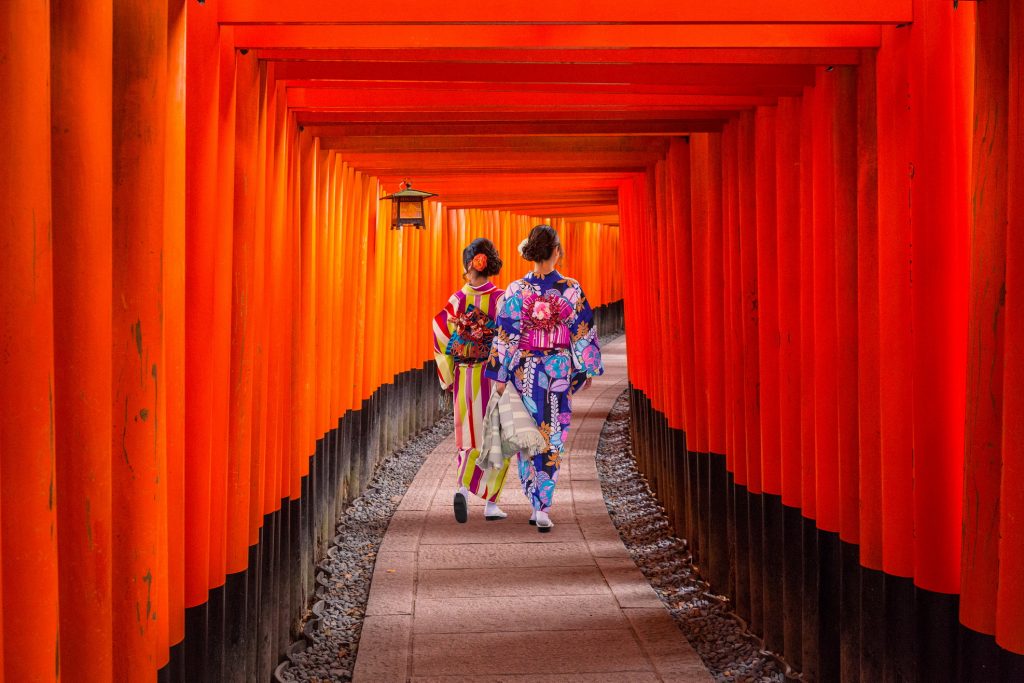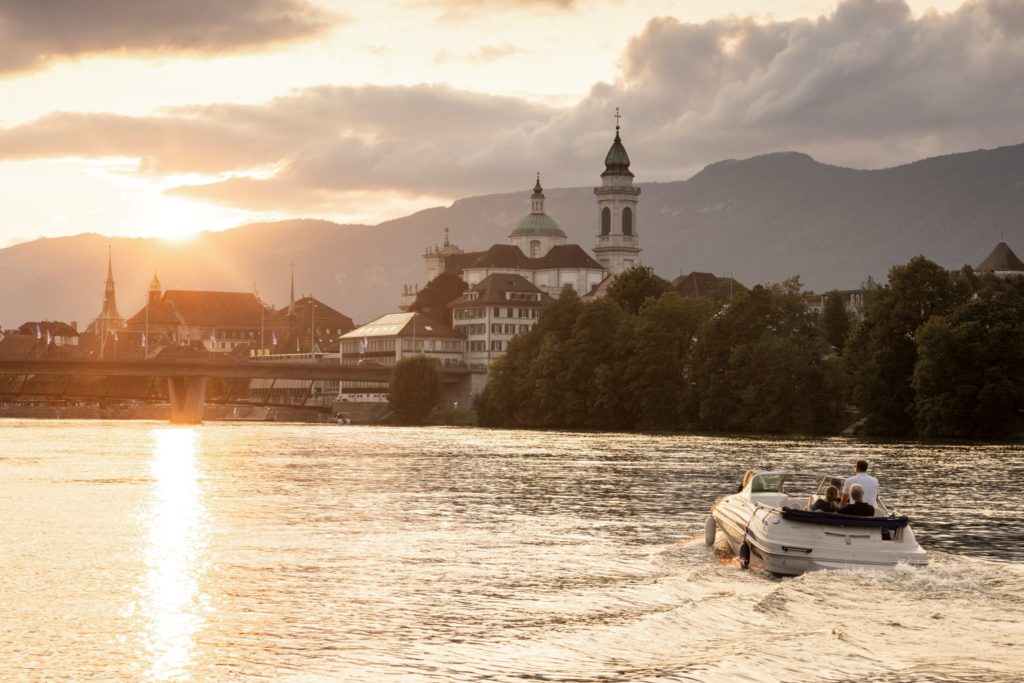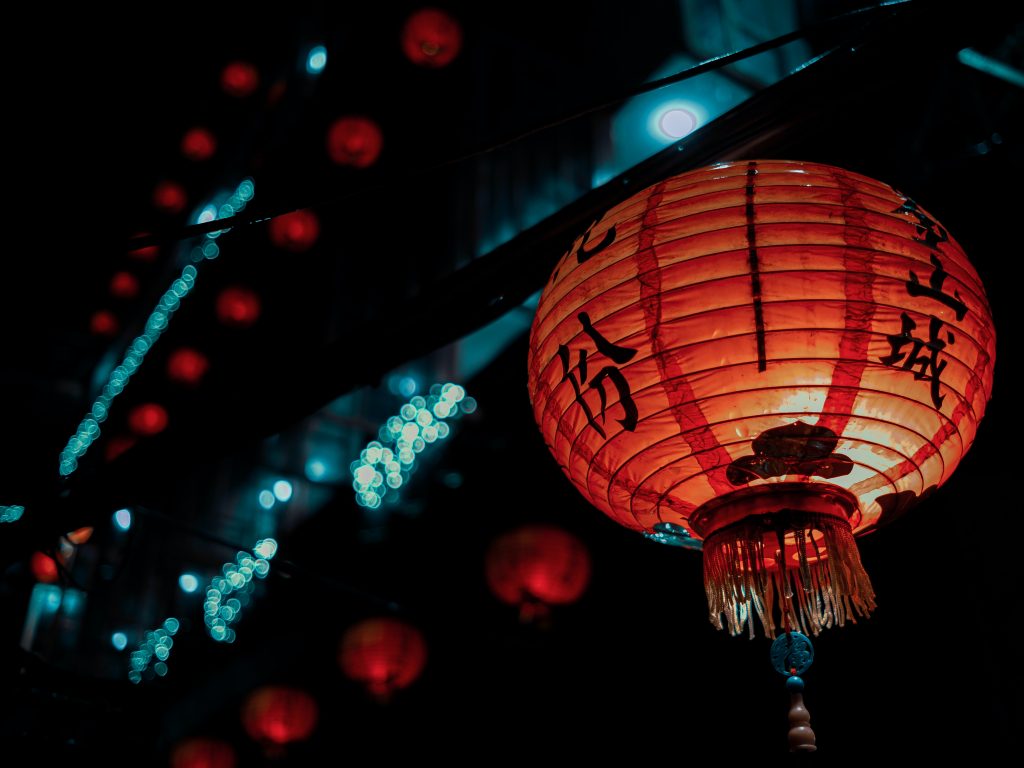Tradition, temples and tea ceremonies
Kyoto, Japan
The capital of Japan for more than 1,000 years, Kyoto is synonymous with Shinto shrines and cherry blossom, tranquil gardens and tea ceremonies – and kimono-clad geishas. Little wonder that the American scholar Langdon Warner (successfully) lobbied President Truman to spare the historic city from the atomic bomb. But Kyoto isn’t only about its past: the city has a contemporary side too, as seen by the futuristic glass structure of Kyoto Station. And with Cosa, you’ll get right under the skin of this scenic city.
Make a wish at Fushimi Inari
This sensational World Heritage-listed shrine in southern Kyoto is famous for its thousands of red torii gates scattered across a wooded mountain. Even if you’ve seen the iconic Fushimi Inari in photos, nothing can quite prepare you for the sheer scale. An expert Cosa guide will give you the backstory on the shrine that’s dedicated to the god of the grain.
Take part in a private tea ceremony
The ritual of drinking tea in Japan is deeply rooted in Zen philosophy. Japanese tea ceremonies take a few hours to perform but a decade to master. Cosa can arrange for you to partake in a ceremony on tatami mats and talk with your tea master about this ancient tradition. Expect to try two types of matcha served with wagashi sweets.
Meet Gion’s geishas
The upscale district of Gion is considered to be the birthplace of geisha culture. That’s not to say that glimpsing a geisha is easy, as their numbers have dropped dramatically in recent years. But we know the best places and optimal times to spot these enigmatic entertainers, and can also arrange an audience with an apprentice geisha.
Visit the Arashiyama Bamboo Grove
Should you find yourself suffering from temple fatigue – Kyoto is home to around 2,000 Buddhist temples and Shinto shrines – then the enchanting Bamboo Grove at Arashiyama could be the answer. Walk along pathways lined with towering bamboo with a local historian and learn about this otherworldly place.
Essential Kyoto
Kyoto means ‘capital’ in Japanese and it was indeed the national capital until the Meiji Restoration in 1868. The capital then moved northeast to Edo, a city we now know as Tokyo, which is simply an anagram of Kyoto. Today Kyoto is celebrated for being Japan’s cultural hub and is home to around 1,600 Buddhist temples and 400 Shinto shrines (and 1.5 million people). The city is a year-round destination, although the blooming cherry blossoms in spring and vivid autumn foliage attract the biggest crowds.

Where it is
East Asia

When to go
All year

Why go there
Serene temples
Relaxing teahouses
Geisha culture

What to see
Fushimi Inari
Gion district
Arashiyam Bamboo Grove












